
Fortune News | Jun 01,2019
Aug 5 , 2023
By Dani Rodrik , Nathan Lane and Réka Juhász
How economists view industrial policy has dramatically shifted over recent years. Far from being seen as a drain on resources, new research shows that well-designed industrial policies can significantly drive economic growth, argue Dani Rodrik, professor of International Political Economy at Harvard Kennedy School; Réka Juhász, assistant professor of Economics at the University of British Columbia; and Nathan Lane associate professor of Economics at the University of Oxford, in this commentary provided by Project Syndicate (PS).
As policymakers around the world embrace industrial policy in pursuit of a wide variety of objectives – supply-chain resilience, green technologies, geopolitical advantage, good jobs – the debate over its effectiveness is reaching a fever pitch. Typically, this debate is portrayed as one where sound economics is squarely on the sceptics' side.
"There is a strong case against industrial policy in economics," intoned one recent commentary, and embracing it "just wastes money and distorts the economy."
But this is an increasingly old-fashioned view. While it is generally true that mainstream economists have responded to industrial policy with knee-jerk hostility since at least the 1970s, things have been changing fast, owing to new academic research that is less driven by ideological hostility to government intervention and better grounded in rigorous empirical methods.
This recent crop of research provides more authoritative evidence on how industrial policy works, improving the quality of debates that shed more heat than light on the issue in the past. And researchers' more nuanced and contextual understanding of such policies yields a generally more positive assessment.
Industrial policies are complex, and quantifying them for the purposes of analysis can be difficult.
Consider, for example, China's recent push in the shipbuilding industry. Seeking to become the largest shipbuilding country within a decade, China deployed a multitude of policies, including subsidies for production, investment and entry. There were many changes along the way, as in 2009, when policymakers turned away from promoting entry and instead focused on industry consolidation.
In the past, economists too often focused on simple indicators such as import tariffs, capturing only limited dimensions of industrial policy and conflating its objectives with others (such as raising government revenue or playing special-interest politics). Several recent research efforts have taken a more productive approach.
For example, a comparative project at the OECD quantifies industrial policies through deep accounting of government activity, focusing on government expenditures allocated specifically for industrial-policy objectives. A team of economists led by two of us (Réka Juhász and Nathan Lane) apply natural language processing to publicly available policy inventories to generate a detailed classification of industrial policies.
The latter work is yielding important new insights.
For starters, industrial policy has been ubiquitous, and its prevalence predates the recent rise in its use and prominence in public discussions. Moreover, it is no longer appropriate, if it ever was, to identify industrial policy with inward-looking, protectionist trade policies; contemporary industrial policies typically target export promotion. And the prevalence of industrial policies tends to increase with income: advanced economies use it more often and intensively than developing countries do.
Improved methods of causal inference are also leading economists to revise their views. Traditionally, economists assessed the effects of industrial policy by examining whether industries receiving more government help performed better – generally reaching a negative conclusion. It is now recognised that such correlational work is uninformative because it cannot distinguish between cases where industrial policy is useful and not.
The more recent research uses modern statistical techniques to avoid misleading inferences. Such techniques have been applied to a wide variety of cases, including historical episodes of promotion of infant industries (such as textiles, shipbuilding, and heavy industries); large-scale public research and development efforts (as in the "space race" between the United States and the Soviet Union); and selective place-based policies targeting specific firms or industries (as in the US manufacturing drive during World War II and contemporary regional European subsidies).
The results of this research are much more favourable to industrial policy, tending to find that such policies – or historical accidents that mimic their effects – have often led to large, seemingly beneficial long-term effects in the structure of economic activity. For example, the disruption to French imports during the Napoleonic blockade stimulated French industrialisation in mechanised cotton spinning long after the end of the Napoleonic wars. These results are consistent with what proponents of nurturing infant industries would argue.
Studies of recent public programs to subsidise investment in lagging regions of Britain and Italy have similarly found strong positive effects on employment creation. While these studies cannot provide a definitive answer to whether the industrial policy works in general, they are informative about the prevalence of the market failures targeted by the policy and about the policy's long-term effects.
Newer studies also shed light on the long-standing controversy over the contribution of industrial policy to East Asia's economic miracle. The early economic literature on East Asia's rise argued that industrial policies were ineffective at best. Newer analyses paying closer attention to the structure of upstream and downstream linkages in these economies reach considerably more sanguine conclusions. To cite one example, studies of South Korea's Heavy-Chemical Industry Drive (HCI), a landmark – and controversial – industrial policy pursued by President Park Chung-hee in the 1970s, found that the policy promoted the growth of targeted industries, both in the short and long run. HCI's effects on productivity and export performance were both positive.
Critics of East Asian policies thought governments could never pick the right sectors because they lacked information on where market failures were more prominent. Princeton economist Ernest Liuhas recently provided a useful guide for policymakers confronting an economy where market imperfections occur across multiple, linked sectors. In such settings, subsidising upstream sectors generally minimises policy mistakes. Liu shows that the policies used in China and during South Korea's HCI were in line with this guidance.
Some commentators have recently criticised US President Jeo Biden's industrial policy because it "lacks a rigorous economic foundation." The reality is that there is already plenty of good economic research on industrial policy. While more research is always beneficial, the new literature already provides us with better assessments of industrial policies in all their diversity, evaluating the consequences of historical and contemporary examples, and illuminating how such policies work or fail depending on their instruments and objectives and prevailing economic structures.
PUBLISHED ON
Aug 05,2023 [ VOL
24 , NO
1214]

Viewpoints | Oct 22,2022

Fortune News | Oct 02,2021

Radar | Apr 19,2025

Fortune News | Aug 06,2022
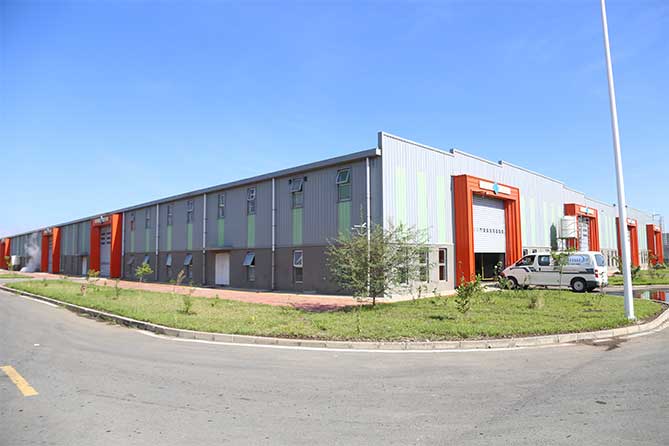
Fortune News | Apr 04,2020

Photo Gallery | 178471 Views | May 06,2019

Photo Gallery | 168670 Views | Apr 26,2019

Photo Gallery | 159475 Views | Oct 06,2021

My Opinion | 137078 Views | Aug 14,2021
Commentaries | Oct 25,2025

Dec 22 , 2024 . By TIZITA SHEWAFERAW
Charged with transforming colossal state-owned enterprises into modern and competitiv...

Aug 18 , 2024 . By AKSAH ITALO
Although predictable Yonas Zerihun's job in the ride-hailing service is not immune to...

Jul 28 , 2024 . By TIZITA SHEWAFERAW
Unhabitual, perhaps too many, Samuel Gebreyohannes, 38, used to occasionally enjoy a couple of beers at breakfast. However, he recently swit...

Jul 13 , 2024 . By AKSAH ITALO
Investors who rely on tractors, trucks, and field vehicles for commuting, transporting commodities, and f...
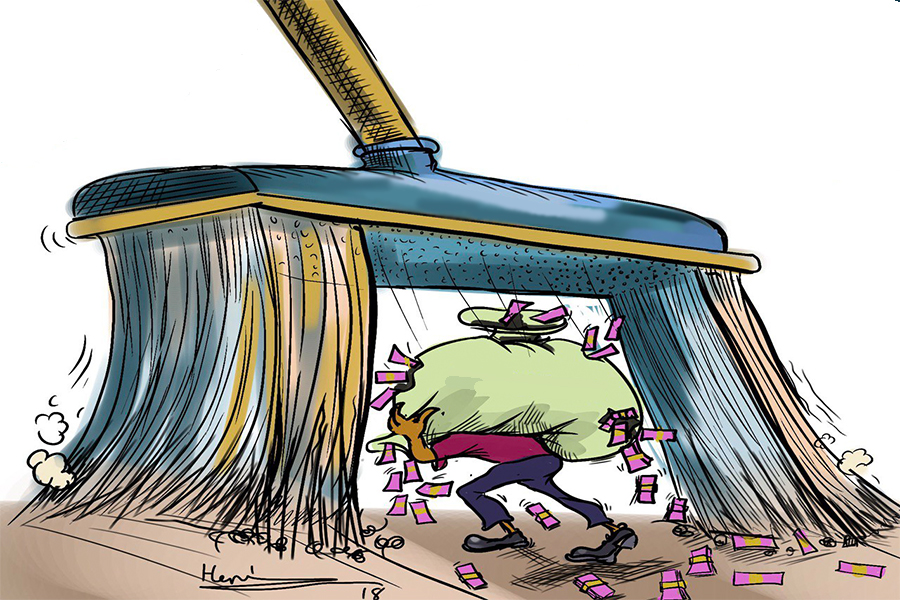
Oct 25 , 2025
The regulatory machinery is on overdrive. In only two years, no fewer than 35 new pro...
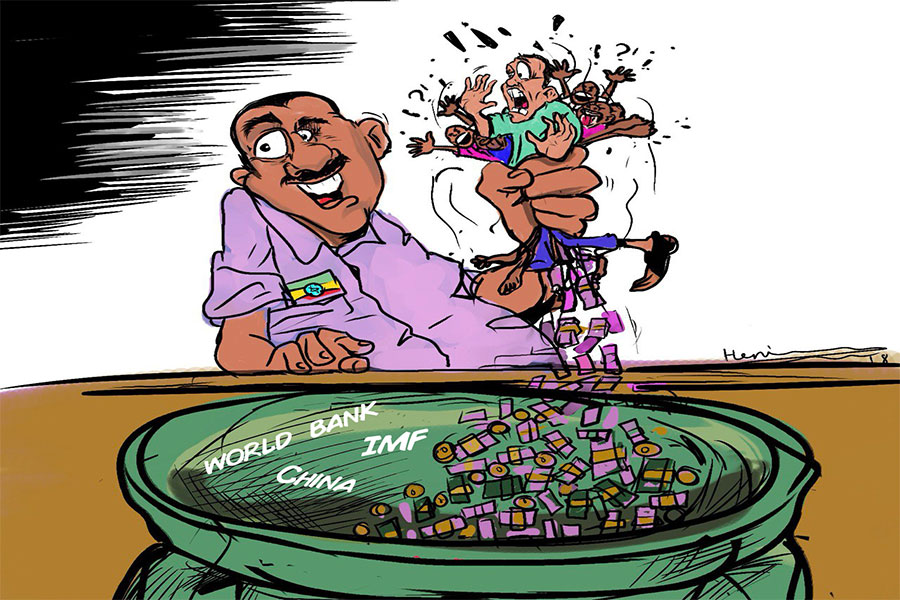
Oct 18 , 2025
The political establishment, notably the ruling party and its top brass, has become p...
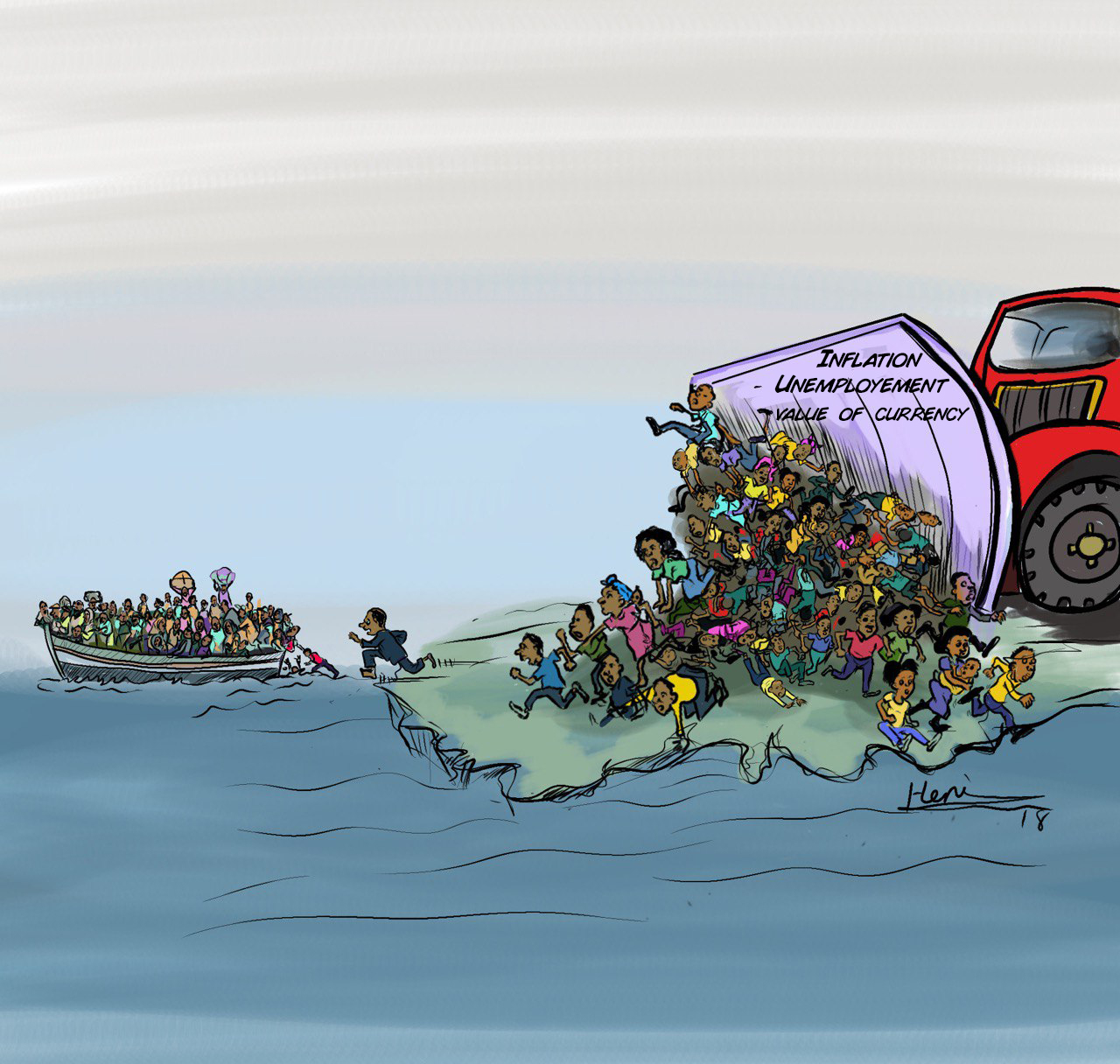
Oct 11 , 2025
Ladislas Farago, a roving Associated Press (AP) correspondent, arrived in Ethiopia in...
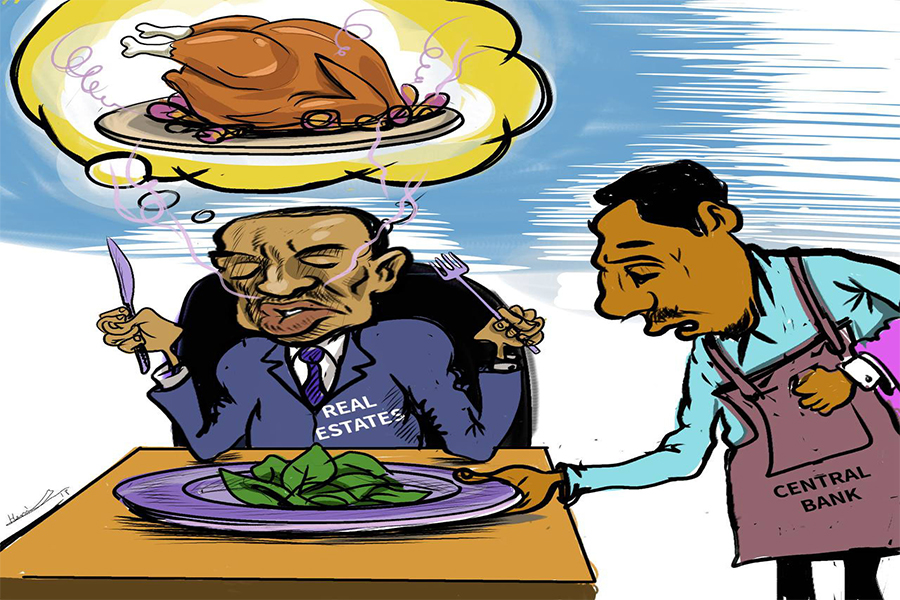
Oct 4 , 2025
Eyob Tekalegn (PhD) had been in the Governor's chair for only weeks when, on Septembe...

Oct 25 , 2025 . By YITBAREK GETACHEW
Officials of the Addis Abeba's Education Bureau have embarked on an ambitious experim...

Oct 26 , 2025 . By YITBAREK GETACHEW
The federal government is making a landmark shift in its investment incentive regime...

Oct 29 , 2025 . By NAHOM AYELE
The National Bank of Ethiopia (NBE) is preparing to issue a directive that will funda...

Oct 26 , 2025 . By SURAFEL MULUGETA
A community of booksellers shadowing the Ethiopian National Theatre has been jolted b...